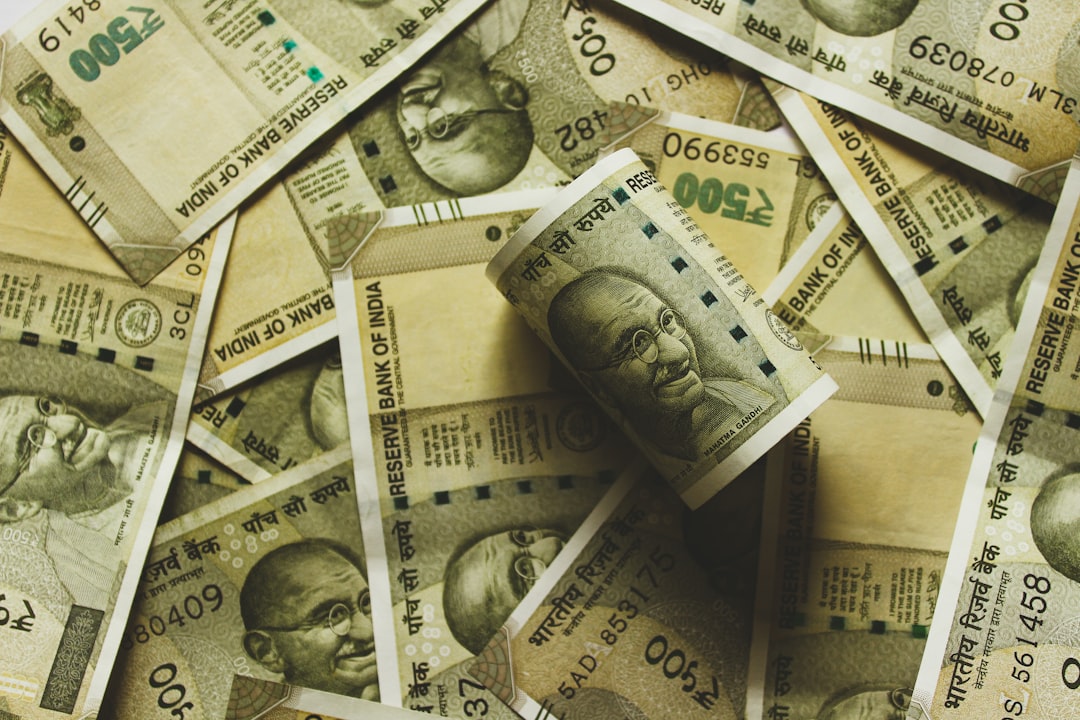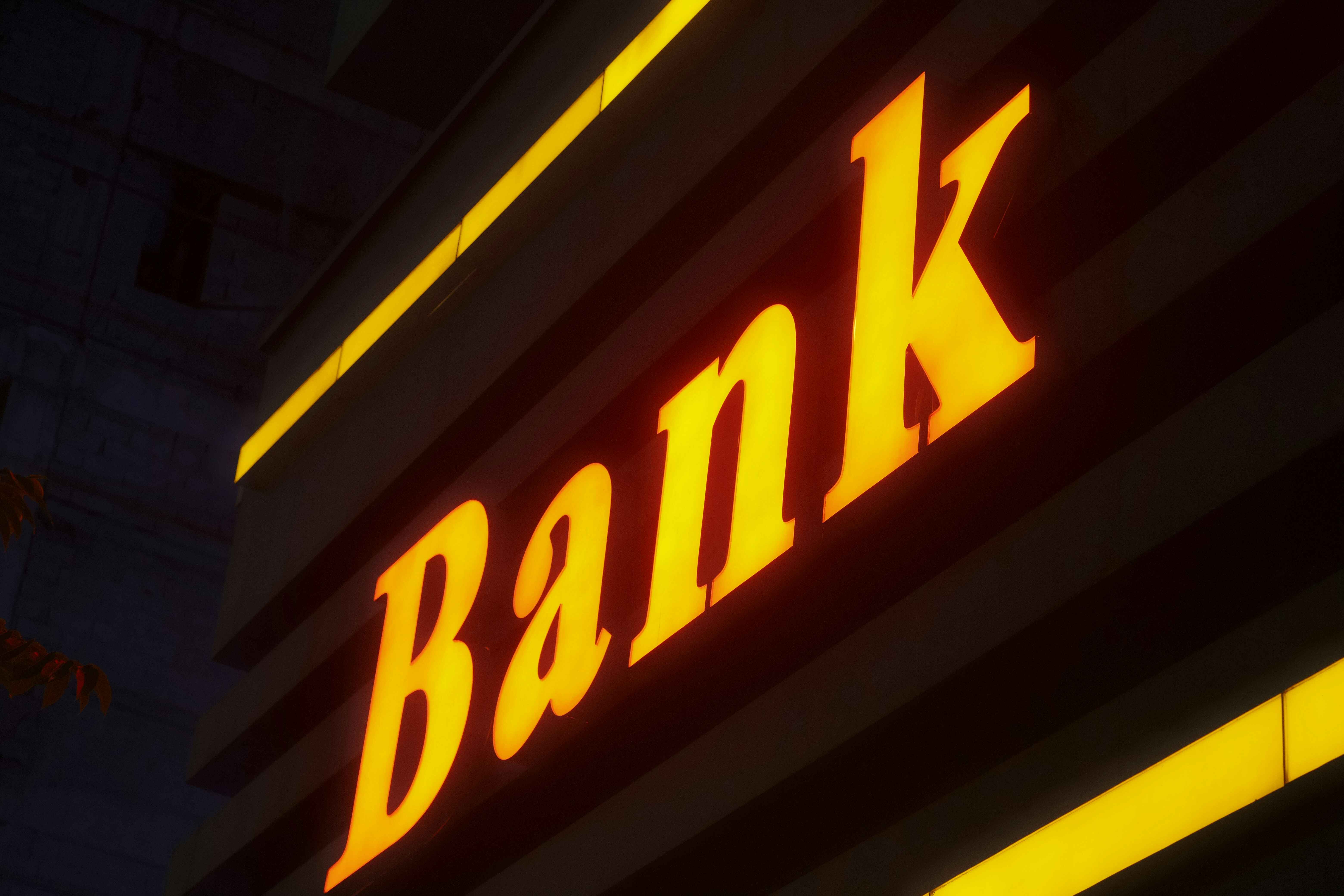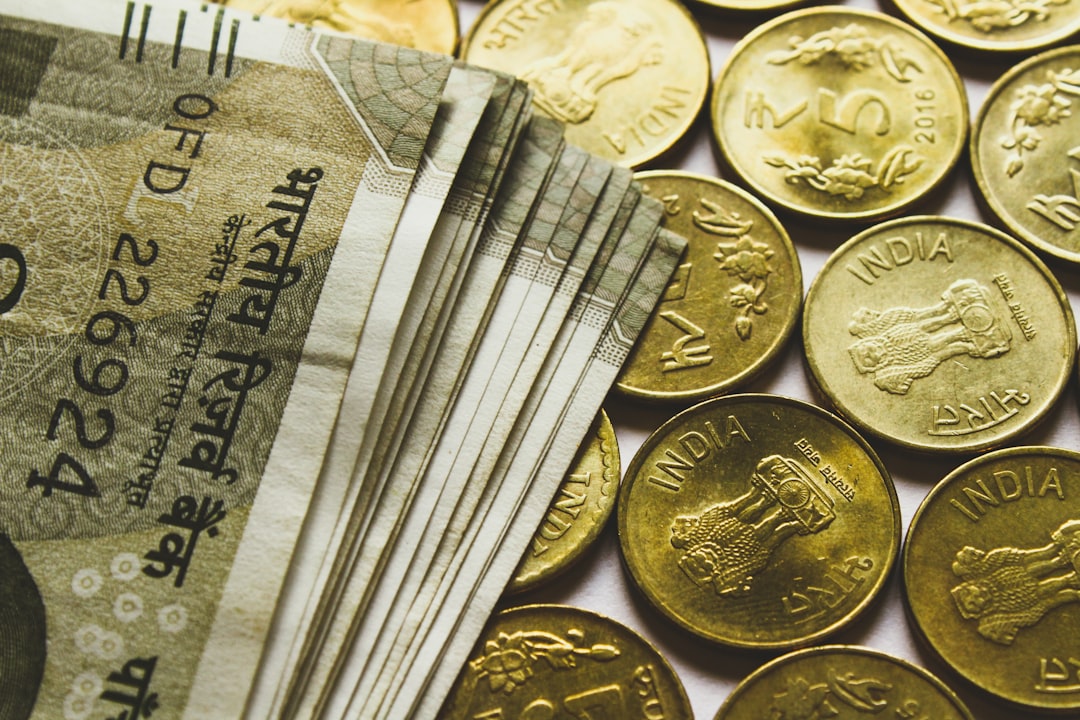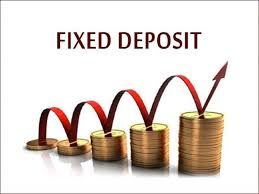Fixed deposits (FDs) have long been a preferred investment option for many Indians, thanks to their safety and assured returns. However, the returns you earn from your FD investments are not immune to the impact of the economy. As economic conditions change, so do the interest rates offered on FDs. In this article, we’ll explore how different economic situations affect your FD investments and what you can do to make the most of your money.
Understanding the Impact of the Economy on FDs
How Economic Conditions Influence FD Rates
The interest rates offered on fixed deposits are closely tied to the prevailing economic conditions. When the economy is booming and inflation is high, the Reserve Bank of India (RBI) often raises the repo rate—the rate at which it lends money to banks. This prompts banks to increase their FD interest rates to attract more deposits. Conversely, during an economic slowdown or recession, the RBI may lower the repo rate to stimulate growth, leading to a reduction in FD rates.
For example, let’s say the RBI increases the repo rate from 4% to 5%. Banks, in turn, may raise their FD rates from 6% to 7% to maintain their profit margins. As an investor, you stand to benefit from such a rate hike.
Factoring in Inflation
While higher FD rates during an economic boom may seem attractive, it’s crucial to consider the impact of inflation on your returns. Inflation erodes the purchasing power of your money over time. If the inflation rate is higher than your FD interest rate, you may end up with a negative real return.
Let’s understand this with an example. Suppose you invest ₹1 lakh in an FD offering a 6% interest rate for a year. At the end of the year, your investment would have grown to ₹1,06,000. However, if the inflation rate during that year was 7%, the purchasing power of your ₹1,06,000 would be equivalent to what ₹99,065 could buy a year ago (₹1,06,000 / 1.07). In effect, your real return would be -0.935%, despite the 6% nominal interest rate.
Making Smart FD Investments in Different Economic Scenarios
Investing During High Inflation
When inflation is high, it’s essential to look for FD options that offer interest rates higher than the inflation rate. This ensures that your money grows in real terms. Consider investing in shorter-term FDs during such times, as banks tend to offer better rates on short-term deposits to manage their liquidity needs.
For instance, if the inflation rate is 6%, and banks are offering 7% on a 1-year FD and 6.5% on a 5-year FD, it would be wise to opt for the 1-year FD to beat inflation.
Laddering your FDs during economic uncertainty
During times of economic uncertainty, it’s prudent to spread your investments across FDs with different maturities. This strategy, known as laddering, helps you manage reinvestment risk and take advantage of any potential rate increases.
Here’s how you can ladder your FDs:
-
Divide your investment amount into equal parts, say, five.
-
Invest each part in an FD with a different maturity period, ranging from 1 year to 5 years.
-
As each FD matures, reinvest the proceeds in a new 5-year FD.
Over time, you’ll have a series of FDs maturing every year, providing liquidity and the opportunity to reinvest at prevailing rates.
|
FD Ladder |
Year 1 |
Year 2 |
Year 3 |
Year 4 |
Year 5 |
|---|---|---|---|---|---|
|
FD 1 |
1 year |
5 years |
|||
|
FD 2 |
2 years |
5 years |
|||
|
FD 3 |
3 years |
5 years |
|||
|
FD 4 |
4 years |
5 years |
|||
|
FD 5 |
5 years |
Leveraging Airtel Finance’s FD Offerings
Airtel Finance offers attractive FD interest rates, starting from 3% for senior citizens and 2.5% for non-senior citizens. With a minimum deposit amount of just ₹1,000 and flexible tenures ranging from 6 months to 10 years, Airtel Finance FDs cater to diverse investment needs.
Here’s a quick comparison of Airtel Finance’s FD interest rates for different tenures:
|
Tenure |
Non-Senior Citizen Rate |
Senior Citizen Rate |
|---|---|---|
|
6 months |
2.50% | 3.00% |
|
1 year |
4.00% | 4.50% |
|
3 years |
4.50% | 5.00% |
|
5 years |
5.00% | 5.50% |
You can easily calculate your potential FD returns using Airtel Finance’s FD interest calculator. For example, if you invest ₹1 lakh in a 5-year FD at 5% interest, compounded quarterly, your investment will grow to ₹1,28,008 at maturity.
Airtel Finance also offers the convenience of booking FDs online, with minimal documentation required. Plus, you can avail of a loan against your FD in case of emergencies, without having to break your deposit.
Conclusion:
The impact of the economy on fixed deposits is significant, and understanding this relationship is crucial for making informed investment decisions. By factoring in inflation, laddering your investments, and choosing the right FD product, you can ensure that your money continues to grow even in challenging economic situations. With Airtel Finance’s competitive FD interest rates, flexible tenures, and convenient investment process, you can make the most of your savings and achieve your financial goals with ease. Start your FD investment journey with Airtel Finance today!
FAQs:
-
Are fixed deposits safe during a recession?
Yes, fixed deposits are generally considered safe during a recession as they are not directly linked to market fluctuations. However, FD interest rates may be lower during a recession. -
Can fixed deposits beat inflation?
Fixed deposits can beat inflation if the interest rate offered is higher than the prevailing inflation rate. It’s essential to compare FD rates with inflation to ensure positive real returns. -
Why do fixed deposit rates fluctuate over time?
Fixed deposit rates fluctuate based on economic conditions, primarily influenced by the repo rate set by the RBI. Changes in the repo rate impact the cost of funds for banks, leading to adjustments in FD rates.


 Get App
Get App  Airtel Store
Airtel Store  Login
Login 


